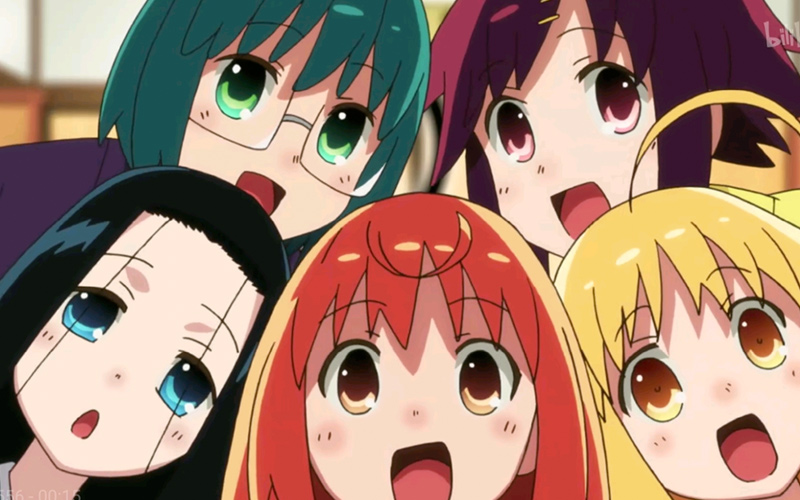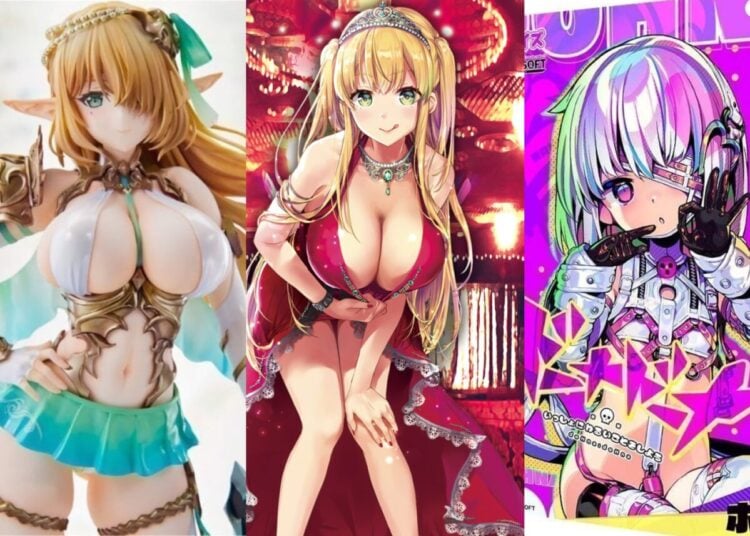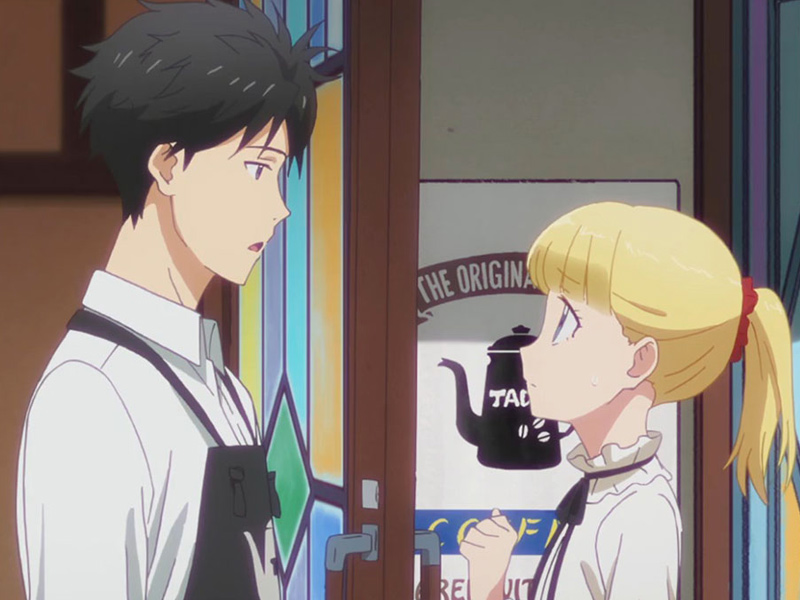
One thing I love about anime is that it’s a “big tent” with a lot of smaller tents inside, all providing something special for each type of fan. If you feel there’s too much of a certain genre — say, harem, idol or isekai shows — you can always find something fresh and new just be getting out of your comfort zone a bit. But it seems unavoidable that some anime series will end up being difficult for Western fans to get into for various reasons. Why are some anime inaccessible to foreigners? Let’s look at some reasons!
- Since most of us lack a background in Japanese history, series like Sengoku Basara or The Ambition of Oda Nobuna or Drifters can make anime inaccessible to foreigners. If you’re an American, you’re probably familiar with Pickett’s Charge or “Remember the Alamo,” but Japanese wouldn’t know these at all. Similarly, we generally aren’t familiar with the Battle of Sekigahara or exactly who Oda Nobunaga was. (He was the first of three great unifiers of Japan during the Warring States period of the 16th century.)
- Relatedly, quite a few anime make use of the Chinese novel Romance of the Three Kingdoms, which is as famous across Asia as Shakespeare is to you or me.
- Often anime are based around a traditional game that we have no experience with, which can make it hard to follow the story. March Comes In Like a Lion, Saki and Chihayafuru center around shougi, mahjong and Hyakunin Isshu Karuta, the latter being a 1000-year-old card game based on classical Japanese poets.
- Sometimes irony can go over our heads. The currently airing Mayonaka no Occult Civil Servants is a fun series that posits that komuin — the straight-laced and boring civil servants who run Japan’s government — actually have superpowers, and secretly protect Tokyo’s Shinjuku ward against invisible fairies and demons at night. This is a delicious joke, but only if you’ve interacted with these somewhat bland and uninspiring bureaucrats before.
- Joshiraku, aka Rakugo Girls, is a comedy about five girls learning a traditional Japanese comic method called rakugo. While it’s hard to get the specific references, it’s a great series filled with fourth-wall breaking moments.
- Some “exotic” aspects of Japanese culture can feel quite familiar to us thanks to how often they appear in anime, such as Shinto shrines and shrine maidens. But other subjects, such as Japan’s highly evolved pantheon of youkai (folk spirits, monsters, and ghosts), or of Buddhist religious imagery, can be harder for us to follow.
- Often anime series are parodying other sources we might not be familiar with. Aim for the Top Gunbuster is a fantastic anime about humans battling space monsters across the galaxy over 12,000 years…but it’s also an extended send-up of a tennis anime called Aim for the Ace, a joke usually lost on fans. And the episode of Kaguya-sama where Chika orders ramen like a grizzled pro is a parody of an anime called Kodoku no Gourmet, about a solitary salesman named Gorō who visits different restaurants all over Japan.
Sometimes anime that seem like they’d be a hard sell abroad become smash hits with foreign fans exactly because they’re so fresh and unfamiliar. Genshiken is a wonderfully real story of university students joining an anime modern visual culture study club, which is kind of boring here in Japan, where anyone is free to join the anime club at their university if they want to. But for outsiders like us, the glamor of finding a special place where we can finally belong as true otakus really made the show awesome. So you never know what will catch on with foreign audiences or not.
Why is some anime inaccessible to foreigners? Tell us what you think on Twitter!
Throughout history, there have always been soldiers. And throughout anime, there have always been super cute military girls, ready to fight for what’s right and look cute while doing it. This weekend we’re having a sale on all cute military girl-related products, from Girls und Panzer and beyond. Enjoy 10% off during our anime Military Girls Sale!
















